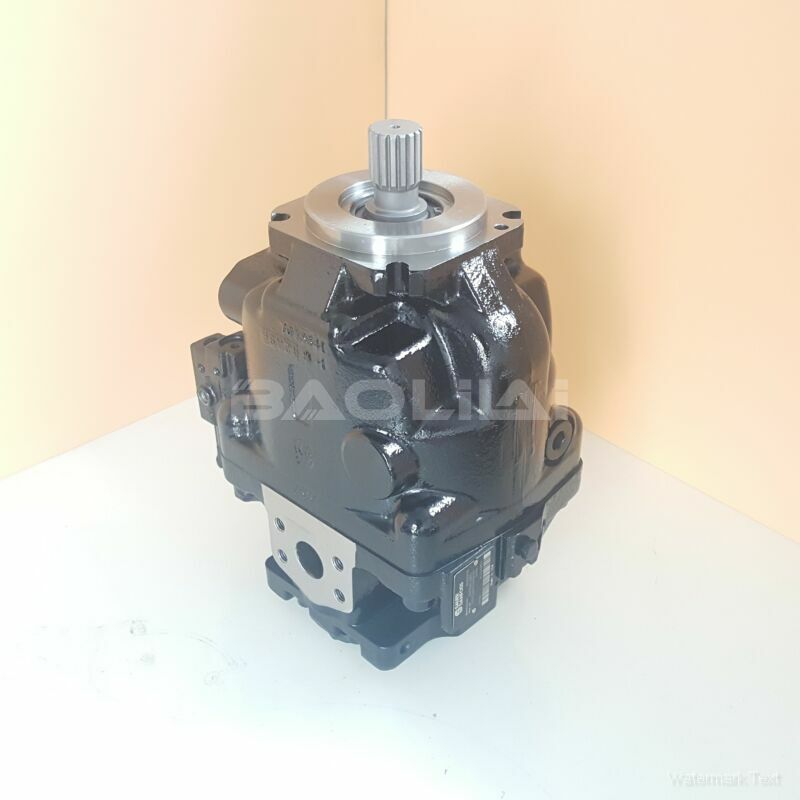ERR130BLS2120NNN3S1VPA1NNNNNNNNNN hydraulic oil pump
ERR130BLS2120NNN3S1VPA1NNNNNNNNNN hydraulic oil pump

- Product Details
- Applicable Scene
Pulsation Dampeners: One of the most effective methods for reducing pulsation is the use of pulsation dampeners. These devices absorb the pressure fluctuations generated by the pump, smoothing out the flow. They can be installed directly downstream of the pump and are designed to trap and dissipate energy generated during the pumping cycle.
ER-R-130B-LS-21-20-NN-N-3-S1VP-A1N-NNN-NNN-NNN
ERR130BLS2120NNN3S1VPA1NNNNNNNNNN
Multi-Plunger Pumps: Utilizing multi-plunger pumps can help distribute the load and reduce pulsation. With multiple plungers operating in a staggered manner, the pressure variations from individual strokes can cancel each other out, resulting in a more stable flow.

83015004
Adjusting Pump Speed: Lowering the operational speed of the pump can help decrease pulsation. While this may reduce the overall flow rate, it can lead to smoother operations, especially in systems sensitive to pressure fluctuations.
Pipe Sizing and Layout: Proper sizing and routing of the piping system can influence pulsation levels. Larger diameter pipes or the addition of straight sections (to minimize turbulence) can help absorb some of the pressure waves created by the pump.
Fluid Management: Another approach is optimizing the properties of the fluid being pumped. If feasible, managing fluid viscosity and temperature can reduce the impact of pulsation. For example, heating a highly viscous fluid may lower its viscosity, helping to dampen flows.
In conclusion, while pulsation is an inherent characteristic of plunger pumps, understanding its causes and effects allows operators to take proactive measures to minimize its impact. By implementing strategies such as using pulsation dampeners, adjusting pump speed, and optimizing system design, businesses can enhance the reliability and longevity of their plunger pump systems, resulting in improved operational efficiency.





